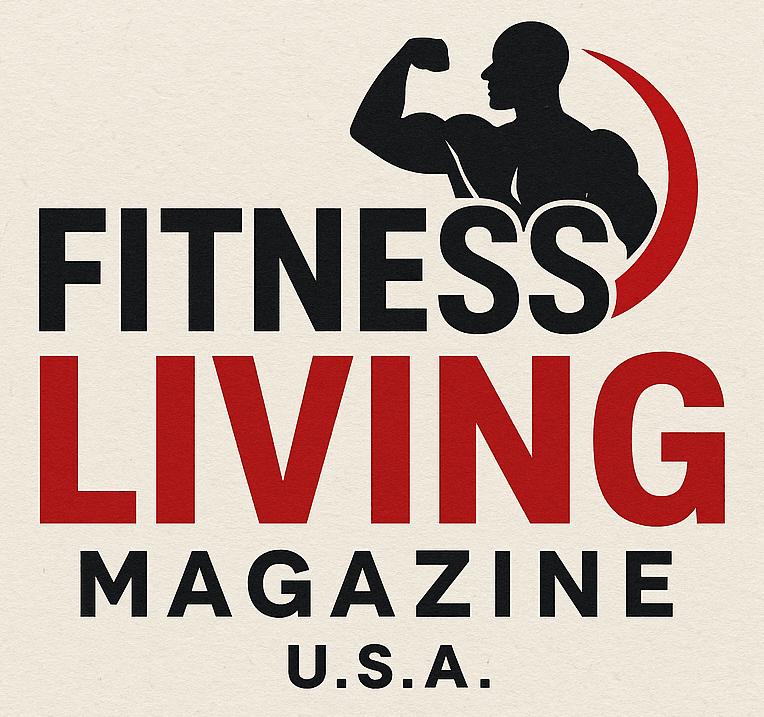
Navigating Weekly Weight Changes: What You Should Know
When it comes to weight loss and health, understanding the scale's fluctuations is more crucial than ever. Many gym owners, fitness trainers, and fitness enthusiasts often grapple with the question of how quickly weight should change. While it’s common to feel pressure to see results immediately, the truth lies in recognizing that healthy weight changes occur over time.
The Science of Weight Fluctuations
Weight can be influenced by numerous factors, including water retention, muscle gain, and even the time of day. According to dietitians, a realistic benchmark for healthy weight loss is around 1 to 2 pounds per week. This rate is not arbitrary; it aligns with sustainable lifestyle changes rather than quick fixes. Understanding this benchmark helps gym members set realistic goals and reduces the likelihood of discouragement.
Common Myths About Weight Loss
Despite the overwhelming evidence about healthy weight loss rates, various misconceptions persist. Some believe you need to lose weight quickly to be successful, leading to dangerous dieting practices. Alternatively, many think that any scale movement signifies failure. However, this couldn’t be further from the truth. Fluctuations of up to five pounds can be completely normal and can be influenced by factors like diet, exercise, and menstrual cycles. Understanding these nuances helps gym members maintain their motivation and focus on the journey rather than the daily ups and downs.
Finding a Healthy Balance
As a fitness professional or enthusiast, focusing on overall health is often more beneficial than fixating on the numbers on a scale. Instead of solely concentrating on weight, individuals should monitor other metrics like energy levels, mood, and strength gains. Tracking these elements can provide a more holistic approach to fitness and well-being, reinforcing the idea that health goes beyond numbers.
Strategies for Sustainable Weight Management
For gym owners and trainers, it’s essential to foster a supportive environment where members understand how to manage weight changes healthily and sustainably. Here are a few strategies to consider:
- Educate clients: Provide workshops or informational sessions emphasizing healthy weight loss rates and the importance of a balanced lifestyle.
- Promote positivity: Encourage members to celebrate non-scale victories, like increased stamina or improved lifts in the gym.
- Buddy systems: Pair members up for accountability, allowing them to support each other through their fitness journeys.
By promoting education and support, fitness professionals can significantly impact how their members perceive weight changes.
Future Predictions: The Evolving Fitness Landscape
As we move forward, we can expect the fitness industry to evolve further, focusing more on personalized nutrition plans and adaptable fitness programs that cater to individual needs. Technology will play a significant role, with apps that track not only weight but also emotional and physiological markers of health. Helping gym members embrace such innovations will enable them to view weight management as part of a broader picture.
Conclusion: Taking Charge of Your Health
Understanding weight changes is vital for anyone active in fitness. Embracing a reasonable expectation for weight loss, focusing on holistic well-being, and supporting each other in gyms can pave the way for a healthier community. If you are a fitness professional, now is the time to equip yourself and your members with knowledge that encourages a supportive journey toward health that transcends just numbers on a scale.
Ready to foster a healthy environment in your gym? Share this article with fellow trainers and members to inspire a culture built on understanding, patience, and realistic expectations in weight management. Together, let’s make health a priority!
 Add Row
Add Row  Add
Add 



Write A Comment